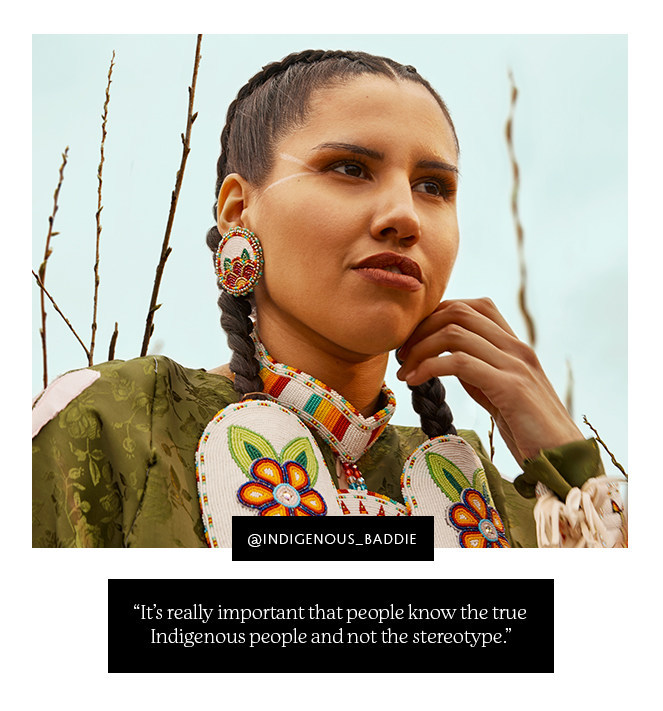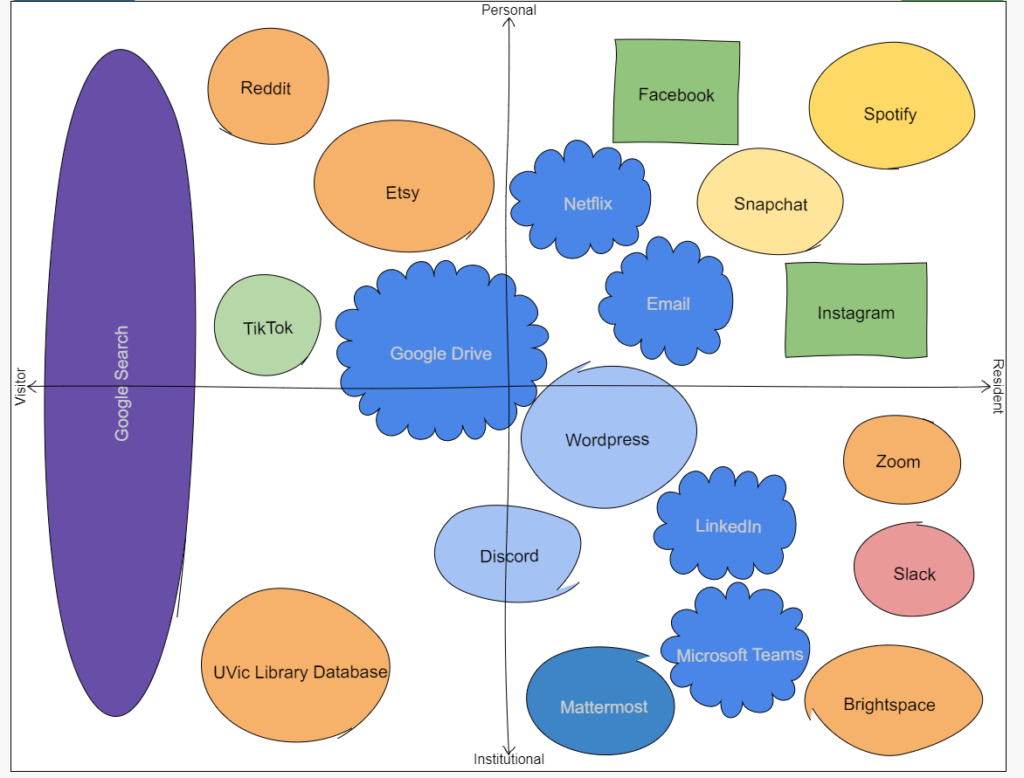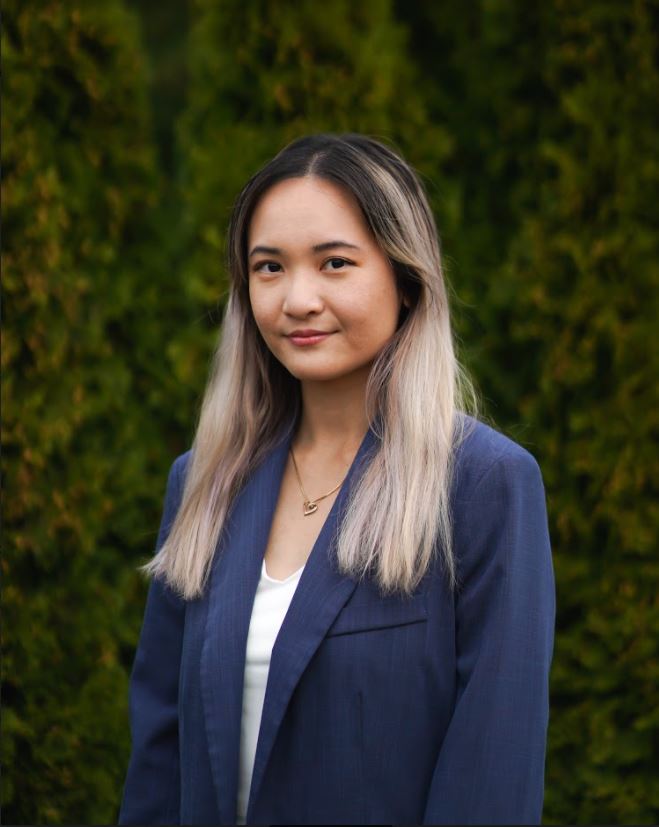How does social media use in public discourse potentially challenge advocacy communications?
When social media is used in public discourse, many people with different viewpoints will potentially challenge advocacy communications when they do not align with their own views and ideologies. In the online environment, people have the option to be anonymized, hence they feel that they can hide behind a mask to say hurtful things and bully people. The most common example where public discourse brings challenges is twitter wars, where famous people are seen twitting back and forth replying to another person with aggression and negativity. Another popular place for keyboard warriors to reside is Reddit. On this platform, people are often anonymized, hence people may feel that it is acceptable to make aggressive posts or comments on the platform. Furthermore, the freedom to post anything on social media results in misinformation being produced. Often people are not able to identify which information is false or correct. With so many different voices and opinions on social media, people can become desensitized to heartbreaking news or controversial topics. Although social media allows individuals to have a more accessible platform to voice their opinions, the freedom to hide ones’ identity can cause harm to others and misinformation can spread quickly.
How diverse is your existing PLN?/ Are you learning from a variety of voices?
My current PLN is moderately diverse. On Facebook and Instagram, it consists of mainly my friends, classmates, and family. Hence, most people in my PLN come from similar backgrounds. However, because I’ve lived in two different countries up to this point in my life, I have people from both Hong Kong and Canada in my social networks. Moreover, through volunteering internationally in Vietnam as part of a non-profit organization for a summer, I was able to connect with individuals from different countries (including India, Vietnam, Germany, Mexico, Czech Republic, etc.). As a result, I am able to get different cultural viewpoints and information in my PLN. On the other hand, my professional PLN such as Linkedin is consists of professionals from different industries that I have met online, at events, or through internships. Also, I follow people that are Linkedin Bloggers from around the world talking about careers, relationships, education, etc. Through following various accounts, I am able to see news and updates in different industries and from various countries.
How does social media engage in advocacy communications?
Social media provided a convenient platform for advocates to quickly broadcast messages and updates in a matter of seconds to a large audience group. The followers of these advocacy groups are able to interact and respond to the advocacy communications. Advocates use social media to gather a community, where everyone in the community is a teacher and shares knowledge with each other (Moore). Social media is seen as a community, instead of having followers just absorbing knowledge from the advocate. Furthermore, social media use for advocacy requires the user to not use it for personal purposes like telling people about their day (Simpson). Social media advocates identify the niche they fit in to determine where their voices fit into things (Simpson). Social media can be used to start movements, especially through trending hashtags to bring change. People that belief in a movement will share and repost content to amplify the advocate’s message (Simpson). In the past, hashtags like #BlackLivesMatter, #BringBackOurGirls, #IceBucketChalleng, ad #OscarsSoWhite have been able to raise awareness about issues, raise money for the cause, and create positive change.
How can you use a diverse PLN to broaden views of inclusion in a professional community?
By following people with diverse backgrounds that are different from our own, we are able to gain a new perspective on issues that we may not have thought about. These background differences can include careers, race, gender, experiences, and countries that a person is from/living in. With a diverse professional community, people are able to be educated on issues and topics that they are not aware of or familiar with. Through individuals sharing their unique experiences, people are able to learn about other points of view and from another perspective.
In your professional setting of choice, do you think inclusion is actively embraced?
In the healthcare sector, I would say it is not very inclusive. In the past, I have worked in different public health organizations in Canada and I have not seen people with disabilities working there. In these public organizations, there are workers with different cultural and ethnic backgrounds (mostly Indian, Latinos, and Asians). However, I have not seen any efforts made by their human resource to hire with the mindset of inclusion and diversity. With private companies in the healthcare space, there has been a shift towards hiring with diversity in mind. But in the public sector, there has not been a focus to do the same.
What is the learning outcome of your evolving PLN and how are you ensuring your continued exposure to diversity and inclusion?
After watching the two-course interviews and the two videos from the Five Moore Minutes channel, I would like to follow more people that are very different than me, including people with disabilities, mental health problems, indigenous, black, and seniors. I hope by following these different groups of people I am able to learn more about their culture, experiences, and problems that they face. Moreover, I aim to be more active in advocating issues that I stand with. This can be done by resharing posts that I agree with and joining conversations in my PLN that discuss different issues. Furthermore, I plan to read more about other cultures and their history. Through educating oneself about other cultures, I believe I will be able to be more comfortable actively engaging in discussions in topics related to inclusion and diversity.
How has your thinking about inclusion and PLN evolved after reviewing the videos and readings?
The 4 videos and readings this week have been thought-provoking. I enjoyed watching the videos from Five Moore Minutes. She bought up interesting facts about diversity and inclusion in education. It was insightful to learn that education has been standardized because of the influence of the industrial revolutions (Five Moore Minutes). Kids that have disabilities, unique cultural backgrounds, and personalities that are different from the norm fails to fit into the traditional education system and sent to separate school or classrooms (Five Moore Minutes). This bought up an old memory of being in English Second Language (ESL) program in elementary school. When I was growing up English has always been my second language where I spoke at school and sometimes at home with my nanny. However, when first I moved to Canada, I was put into ESL without first being tested on my English skills. During classes, I would be taken out to go to a separate classroom for ESL students. I’ve felt alienated as I really wanted to fit in with the normal children at the school, but by being pulled out of my regular classes to go to ESL, I felt segregated. This ties back to the issue in education where students are segregated; students with different learning abilities or skill levels are set apart and taught separately. Instead, they should be meaningfully integrated to support meaningful placements, goals, and peer connectedness (Five Moore Minutes).
In addition, the course interview with Shelley Moore bought up a new perspective in looking at followers on social media as a community. Instead of having one person sharing their knowledge, social media PLN can be a place where people gather to share ideas online. People are able to share their opinions and ideas not only in threads and comments but through organized online events (such as a book club) (Moore). These social communities are able to help each other, especially during crises like the COVID-19 pandemic (Moore).
References:
Five Moore Minutes. “Don’t Should on Me: It’s not easy being NOT green”. Youtube.Com, 5 November 2018, 0:32-3:55, https://www.youtube.com/watch?v=rsoDHGaXNNs. Accessed 5 June 2021.
Five Moore Minutes. “The Evolution of Inclusion: The past and future of education”. Youtube.Com, 1 October 2018, 0:48-3:49, https://www.youtube.com/watch?v=rsoDHGaXNNs. Accessed 5 June 2021.
Moore, Shelley. “EDCI 338 – 20 Minutes Moore”. Youtube.Com, 30 May 2021, 2:28-10:00, https://youtu.be/KeSV0rUl1bA. Accessed 5 June 2021.
Simpson, Markiel. “EDCI – 338 MARKIEL SIMPSON”. Youtube.Com, 1 June 2021, 14:40-35:08, https://www.youtube.com/watch?v=rsoDHGaXNNs. Accessed 5 June 2021.



